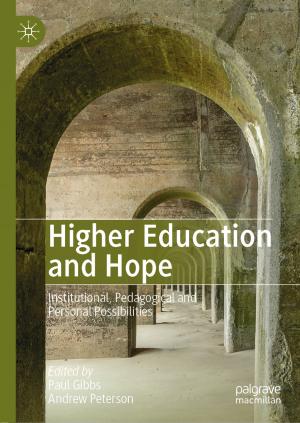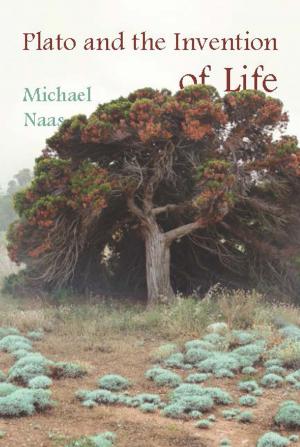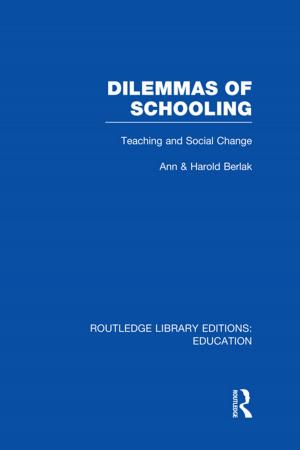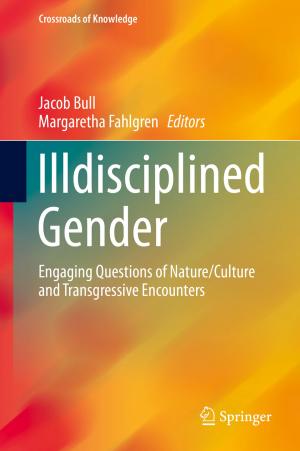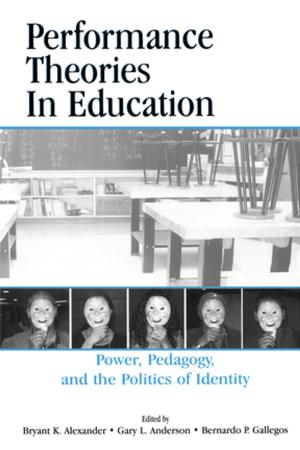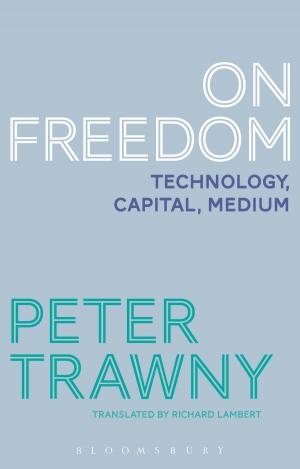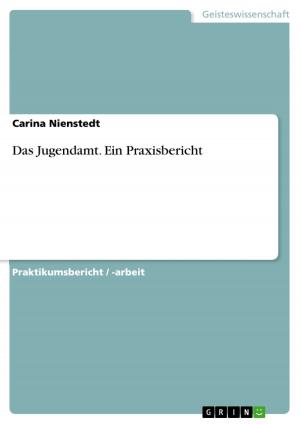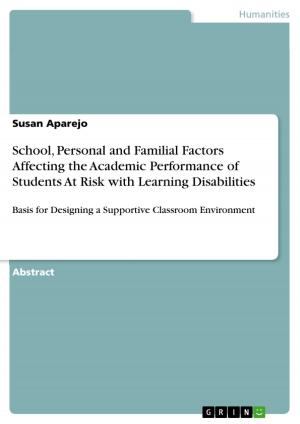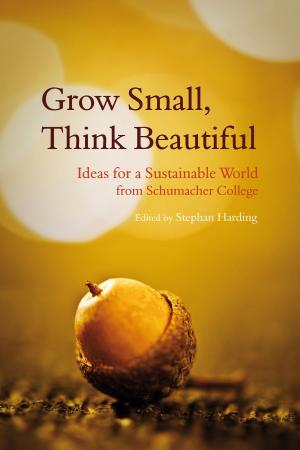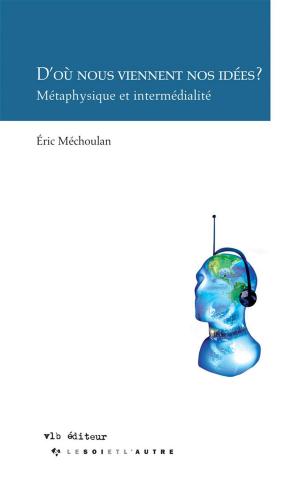Where two seas meet
imagination, the Key to intercultural learning
Nonfiction, Reference & Language, Education & Teaching, Educational Theory, Philosophy & Social Aspects| Author: | Marc Colpaert | ISBN: | 9789401419895 |
| Publisher: | Terra - Lannoo, Uitgeverij | Publication: | April 23, 2014 |
| Imprint: | Lannoo Campus | Language: | English |
| Author: | Marc Colpaert |
| ISBN: | 9789401419895 |
| Publisher: | Terra - Lannoo, Uitgeverij |
| Publication: | April 23, 2014 |
| Imprint: | Lannoo Campus |
| Language: | English |
More than ever, there is an urgent need for intercultural dialogue. For this reason, it makes sense to educate children in this dialogue from an early age. The education system must play a leading role in promoting this vital aim. But where will the teachers find their inspiration? Marc Colpaert shows them the way. Using his own personal story and his rich experience of life as a starting point, he launches the reader on a voyage of discovery to track down the true meaning of the 'other'. This quest will lead us down the highways and byways of 20th century philosophy and psychology. Along the way we will be introduced - in a new and fascinating manner - to Martin Buber, Emmanuel Levinas and Ivan Boszormeyni-Nagy. We look at their works from the perspective of their contribution towards intercultural dialogue. These seminal texts are a spring plank for a new approach toward the experiencing of reality, as expressed by an imaginative new generation of writers and artists, such as Edwin Jacobs, Karen Armstrong, Raimon Panikkar, Durre Ahmad, Kader Abdolah, Chokri ben Chikka and many others. The central conclusion is that reality cannot be perceived simply by using the language of reason, the logos. Every culture - both past and present - has demonstrated that the true meaning of life can only be understood through the use of another language - the language of the mythos. This original and innovative book makes clear that more attention needs to be paid - at all levels of the educational system - to developing the imagination of our young people. Intercultural exchange - particularly with Islam - will not succeed unless the importance of the imaginative element is fully appreciated. This book addresses itself to all educators and challenges them not to lose sight of the myth and the muse in their daily teaching practice. Our rapidly evolving society can only benefit by allowing greater room for intuition and inventiveness in the dialogue between different ethnic groups.
More than ever, there is an urgent need for intercultural dialogue. For this reason, it makes sense to educate children in this dialogue from an early age. The education system must play a leading role in promoting this vital aim. But where will the teachers find their inspiration? Marc Colpaert shows them the way. Using his own personal story and his rich experience of life as a starting point, he launches the reader on a voyage of discovery to track down the true meaning of the 'other'. This quest will lead us down the highways and byways of 20th century philosophy and psychology. Along the way we will be introduced - in a new and fascinating manner - to Martin Buber, Emmanuel Levinas and Ivan Boszormeyni-Nagy. We look at their works from the perspective of their contribution towards intercultural dialogue. These seminal texts are a spring plank for a new approach toward the experiencing of reality, as expressed by an imaginative new generation of writers and artists, such as Edwin Jacobs, Karen Armstrong, Raimon Panikkar, Durre Ahmad, Kader Abdolah, Chokri ben Chikka and many others. The central conclusion is that reality cannot be perceived simply by using the language of reason, the logos. Every culture - both past and present - has demonstrated that the true meaning of life can only be understood through the use of another language - the language of the mythos. This original and innovative book makes clear that more attention needs to be paid - at all levels of the educational system - to developing the imagination of our young people. Intercultural exchange - particularly with Islam - will not succeed unless the importance of the imaginative element is fully appreciated. This book addresses itself to all educators and challenges them not to lose sight of the myth and the muse in their daily teaching practice. Our rapidly evolving society can only benefit by allowing greater room for intuition and inventiveness in the dialogue between different ethnic groups.

